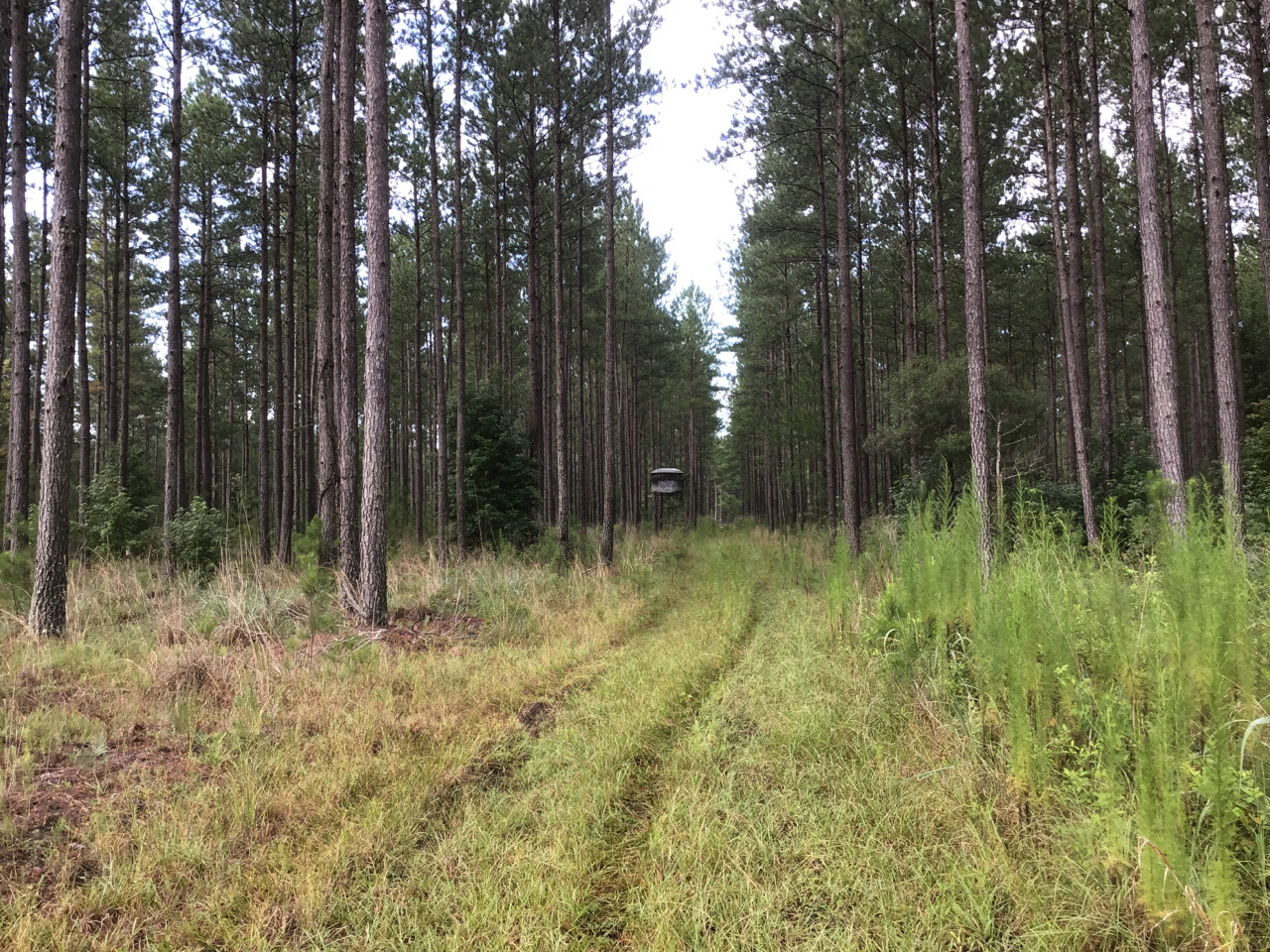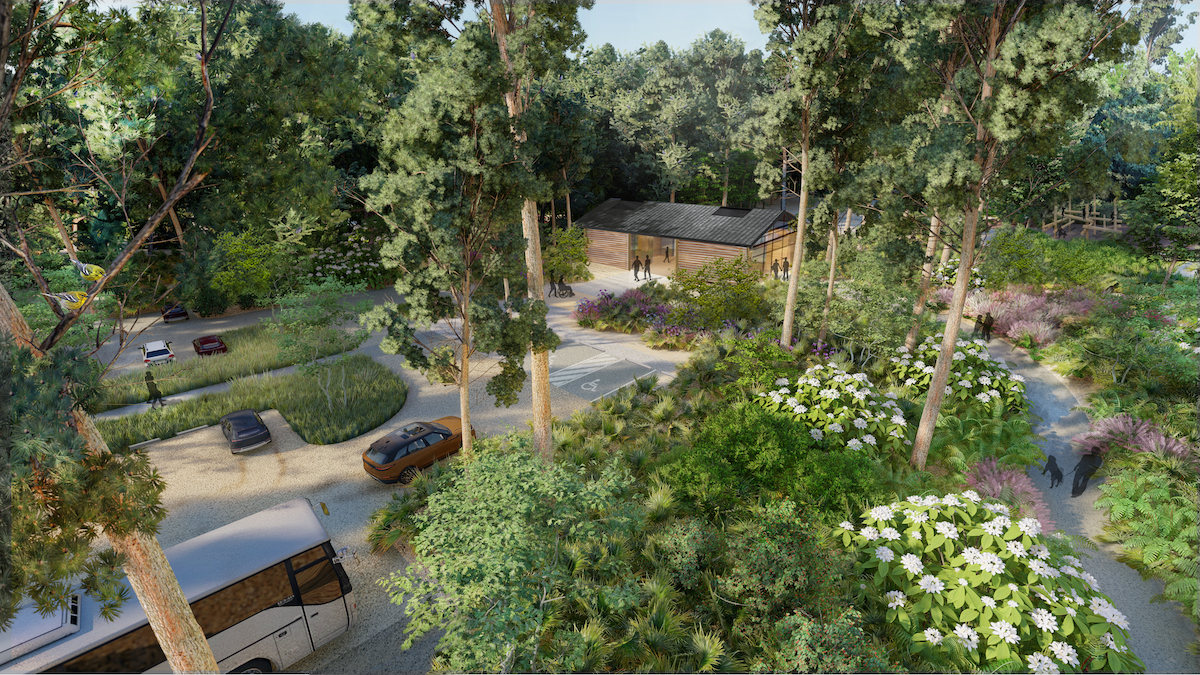We are lucky to have a number of reptiles and amphibians that call the Lowcountry home and as it gets warmer, you have likely spotted one. Whether a green anole (lizard) or a black racer (snake), there is plenty to see and keep an eye out for on our socially distanced walks.
Reptiles and amphibians are commonly called “herps,” short for herpetofauna. If you spot a “herp” while exploring outside, consider submitting the photo to iNaturalist, a citizen science project and online social network where naturalists, citizen scientists, and biologists map and share observations of biodiversity across the globe. Other scientists on iNaturalist can help ID the species and if you map where you found your herp, it can also help the researchers who study them.
Below are some species you might spot in the Lowcountry. We know this is only a handful of herps in our area so we will be sharing more blog posts about additional species this summer. Happy Herp Hunting!
Texas Horned Lizard (Phrynosoma cornutum)

Photo by Kristen Gold, a researcher who examined the factors that determine the spatial distribution of Texas Horned Lizards in SC
NATIVE OR NOT: Introduced species (it has only been in the Lowcountry a short time) but it does not seem to be displaying characteristics of an invasive species (spread rapidly and outcompete native species)
DESCRIPTION: 2.5-4 inches long, typically brown or sandy in color with darker spots or mottling, and a row of enlarged scales that look like horns on its head
DIET: Insects, especially ants
PASTIME: Sunbathing
FUN FACT: When threatened, the Texas Horned Lizard shoots blood out of its eyes. Yes, you read that correctly.
Mole Salamander (Ambystoma talpoideum)

Photo by Maggie Gardner
NATIVE OR NOT: Native Species (they have been here a long time)
DESCRIPTION: 3-4 inches long, stout bodied and black, brown or grey with pale bluish or silvery splotches
DIET: Invertebrates, including insects
PASTIME: Burrowing during the day to nap
FUN FACT: Mole Salamanders are paedomorphic. With this feature, they can either keep some of their larval characteristics (and not fully metamorphose) so that they can continue living in an aquatic environment or they can undergo full metamorphosis and transition to living solely on land.
Black Racer (Coluber constrictor)

Photo by Kristen Gold
NATIVE OR NOT: Native species
DESCRIPTION: Up to 60 inches in length, black body sometimes with some white under its chin, non-venomous
DIET: Insects, lizards, snakes, birds, rodents, and amphibians
PASTIME: Racing
FUN FACT: Black Racers swallow their food while it is still alive.
Green Anole (Anolis carolinensis)

Photo by Kristen Gold
NATIVE OR NOT: Native species
DESCRIPTION: 5-8 inches in length, green or brown depending on environment
DIET: Invertebrates, especially insects and spiders
PASTIME: Sunbathing from a high perch (like in a tree)
FUN FACT: Male green anoles present a pink throat fan for territory disputes and when near a potential mate.
Green Treefrog (Hyla cinerea)

Photo by Maggie Gardner
NATIVE OR NOT: Native species
DESCRIPTION: 1.25-2.25 inches long, green body with a white or yellow stripe down each side of its body
DIET: Insects
PASTIME: Hanging out in trees
FUN FACT: The female Green Treefrogs are larger than their male counterparts.
Resources:
Savannah River Ecology Laboratory Reptiles and Amphibians of South Carolina and Georgia





